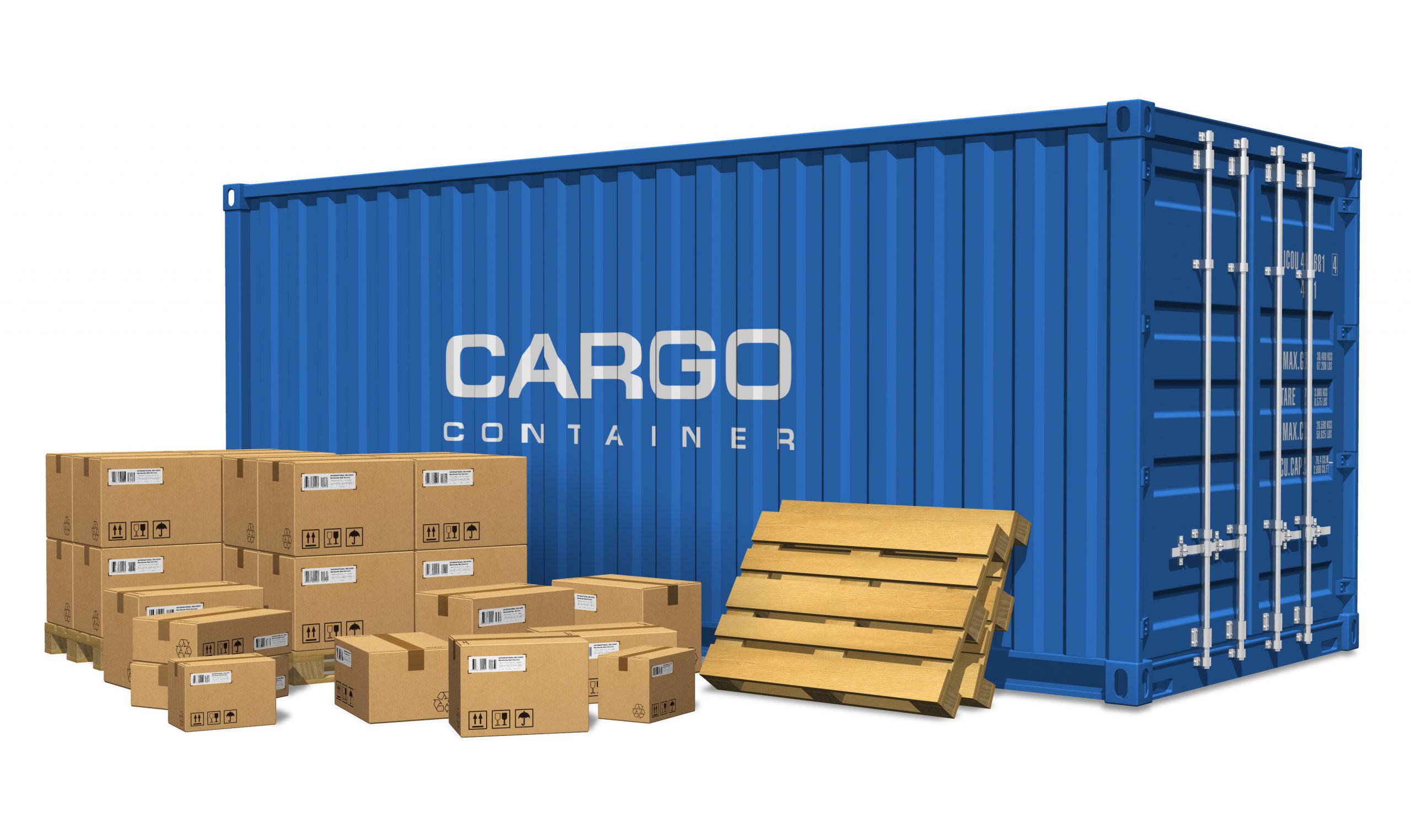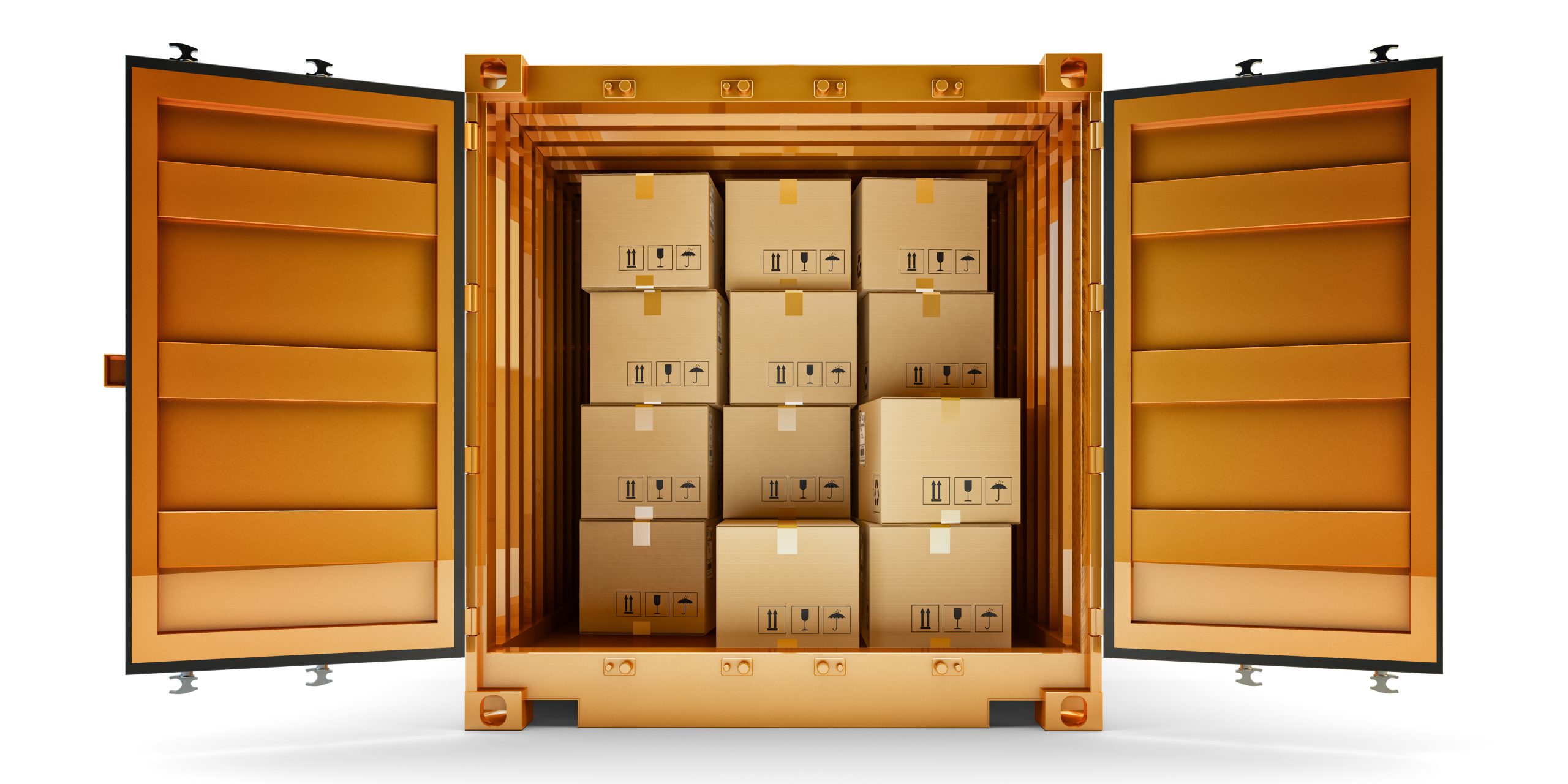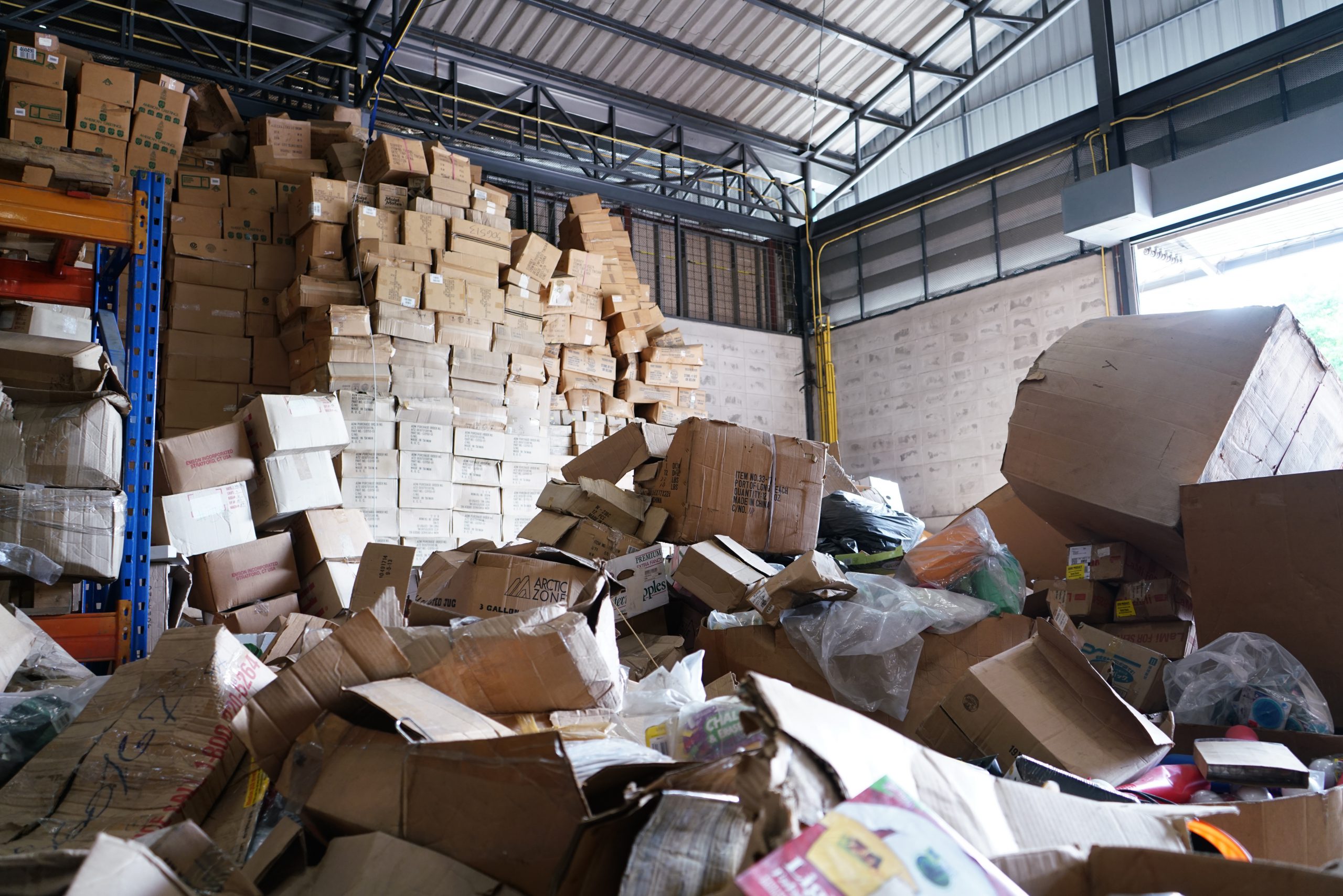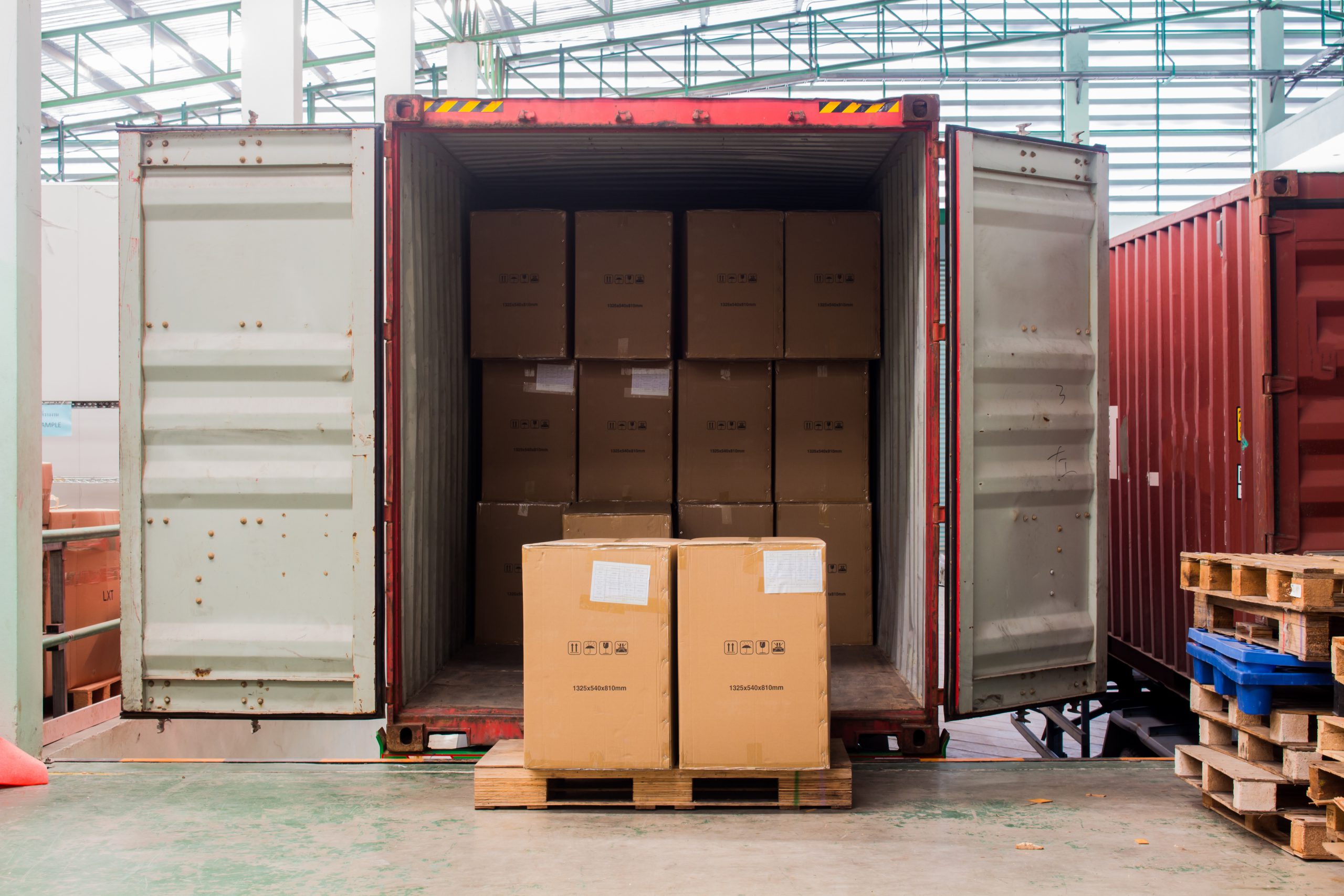How Much Does a 40-foot Shipping Container Hold?
“A good rule of thumb is to assume that you’ll get around 2300 ft.³, or about 68 m³, of space on the inside of a 40-foot shipping container.”
If you’ve been hunting for a shipping container, you’ve probably noticed the 40-foot container is an extremely common size.
But the real question is, how much stuff can you really fit in a 40-foot shipping container?
Let’s find out.

What Are the Actual Dimensions of a 40-foot Shipping Container?
Hopefully it’s obvious that 40-foot shipping containers don’t give you 40 feet of space in both horizontal and vertical directions. Instead, you have to calculate the actual interior and exterior dimensions to get a good sense of how much it really holds.
A standard height 40-foot long container’s exterior dimensions are:
- 40’ long x 8’ wide x 8’6” high, with mild variations depending on the shipping container manufacturer
- In meters, a 40-foot shipping container’s dimensions are 12.192 m long x 2.438 m wide x 2.591 m high. Again, you’ll find small variations from company to company.
- Doors are around 7’8″ tall and 7’5″ wide for 40-foot shipping containers.
The interior dimensions will vary depending on how thick the doors are and how thick a container’s steel is. In general, however, interior dimensions are:
- 39’6” long x 7’6” wide x 7’10” high
- 12.19m long x 2.44m wide x 2.59m high
A good rule of thumb is to assume that you’ll get around 2300 ft.³, or about 68 m³, of space on the inside of a 40-foot shipping container.
How Much Can You Move or Store with a 40-foot Shipping Container?
A 40-foot shipping container will likely be able to hold the contents and belongings of a 3 to 4-bedroom family home. Irregularly shaped items or certain types of furniture may take up more space than equally sized boxes.
Put another way, you’ll be able to fit between three or four cars in a standard 40-foot shipping container depending on each car’s size. Or you can fit up to around 400 mattresses!
Don’t be fooled by the outside dimensions of a shipping container. The internal dimensions are what you truly want to understand when it comes to efficiently packing and storing. In addition, you’ll want to consider how many non-boxed items you place inside, and whether you’ll truly be able to utilize the entire height of the container (consider shelving, stackability, etc.).
It also depends how well you organize the materials you plan to put into the container. Aka, please don’t close your eyes and toss your belongings into your 40-foot shipping container and wonder why it won’t hold as much as you’d like it to.
In fact, when you start to pack your container just think about it like real life Tetris.
Think:

Not Like:

A Few Considerations When Packing a 40-foot Container
2300 Cubic Feet is Wishful Thinking
Don’t assume that the earlier quoted interior capacity estimation of 2300 cubic feet will be possible. Some of that space will be needed for accessibility lanes, the inclusion of anti-humidity tools, or will manifest as wasted overhead space.
Stack lighter items on top of heavier items
Avoid crushing your lighter materials by stacking them on top of your heaviest items. Additionally, should you need to move the container, this will help keep the base of the container stable during transportation.
Use Pallets

We recommend packing your boxes and materials on other standardized platforms that will make the loading and unloading process easier (with the use of a dolly or pallet jack). In addition to easier maneuverability, the smaller platforms such as pallets will give you another way of understanding and measuring the size of your container.
Know that pallets come in two types: Standard and European. Standard pallets measure 1 m x 1.2 m while European pallets measure .8 m x 1.2 m. (Hopefully you’ve recognized by now that the international use of shipping products will require some understanding of the metric and imperial systems of measurement).
In general, ISO containers or shipping containers that follow the International Organization for Standardization guidelines, make use of standard pallets more often than European pallets. ISO guidelines indicate that you’ll be able to fit between 20 and 21 standard pallets in a single 40-foot shipping container in most cases.
Consider the Doors
The variety of door styles that you order your 40 foot container in will impact the order in which you load your materials into your container.
If you have a single set of cargo doors on one end of the container, make sure anything in the back is either accessible by an established walk-way or you won’t be needing access immediately.
Double door containers will give you more access from each end. This means it is wise to consider putting unneeded storage or shipping items toward the center of the unit. This also makes the storage of vehicles and trailers of goods easier to drive completely through.
Side-open doors give you access to your container along the length of the unit. For this style of container, pack unneeded materials along the long wall that does not have the door. It can also be useful to put pallets that can be easily moved by heavy machinery vehicles along the doorway side.
Always Protect Items – Use Shipping Materials
It’s always a good idea to use shipping materials like bubble wrap, newspaper, masking tape, and other essential materials if you’re loading up a shipping container with fragile items especially if you plan on moving the container.
If you’re running short or simply don’t want to purchase standard packaging materials, make good use of towels, blankets, and rugs to avoid scratching surfaces of tables, wooden frames, and mirrors.
Disassemble large awkward materials that can conveniently be reassembled later
While not always possible, if conserving space is important and will save you money, try taking things apart that can be reassembled later. You’ll save countless cubic feet by disassembling that bed frame or that awkward bench with the incredibly inconvenient 3 foot long legs that somehow won’t allow you to store anything underneath it (Yes, that comes from firsthand experience).
All in all, a 40-foot shipping container can hold a lot of cargo
Such a container is ideal for temporary storage, for big family moves across great distances, and for companies looking to move products or raw material from place to place. Making the most of a 40-foot shipping container’s space will help you get your money’s worth and ensure the protection of your valuable items.


